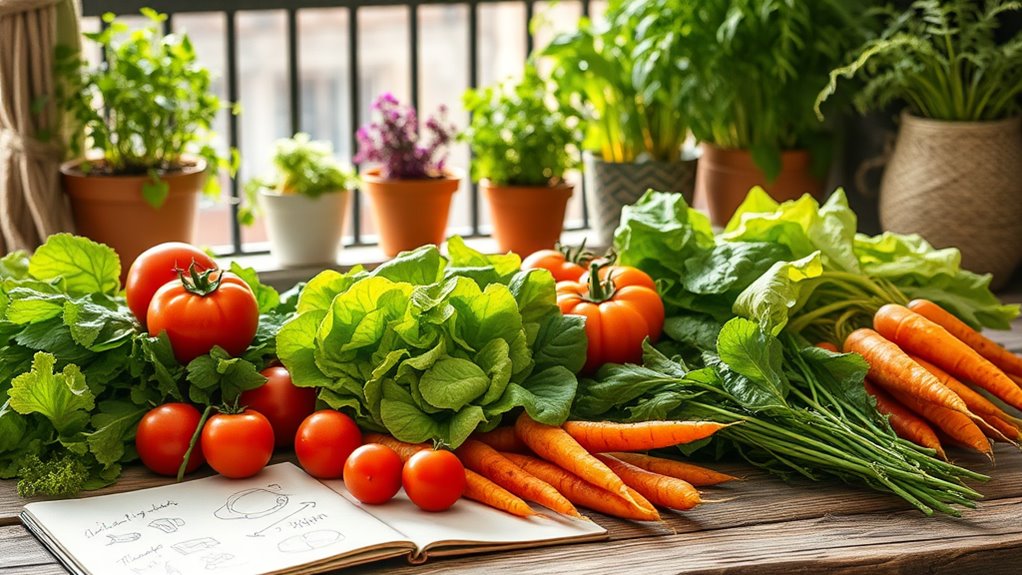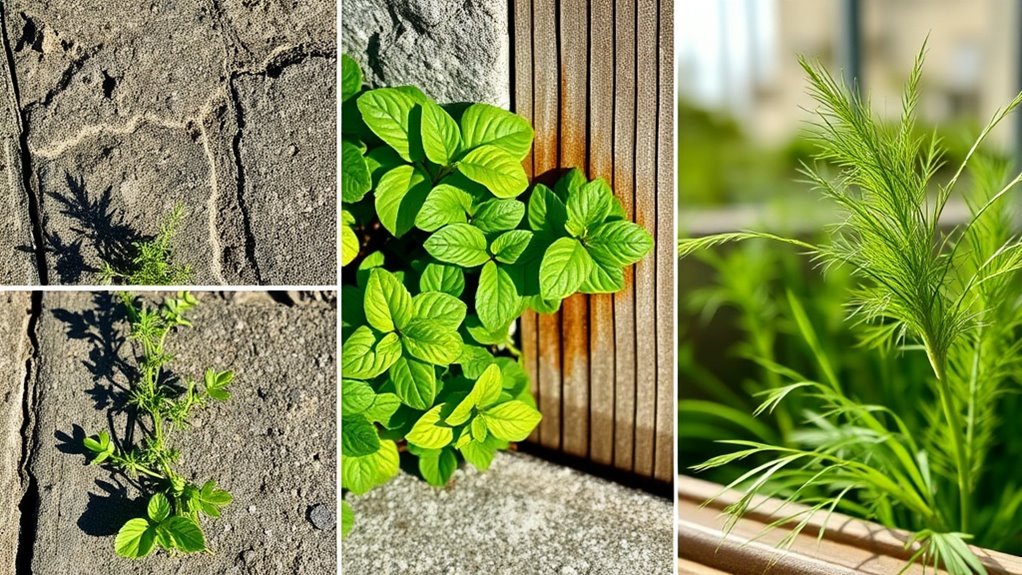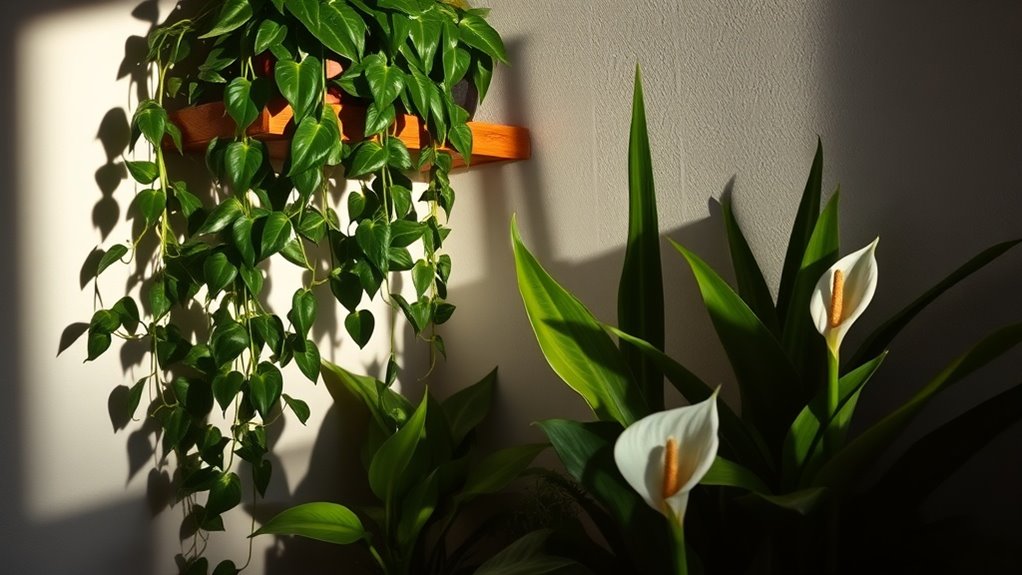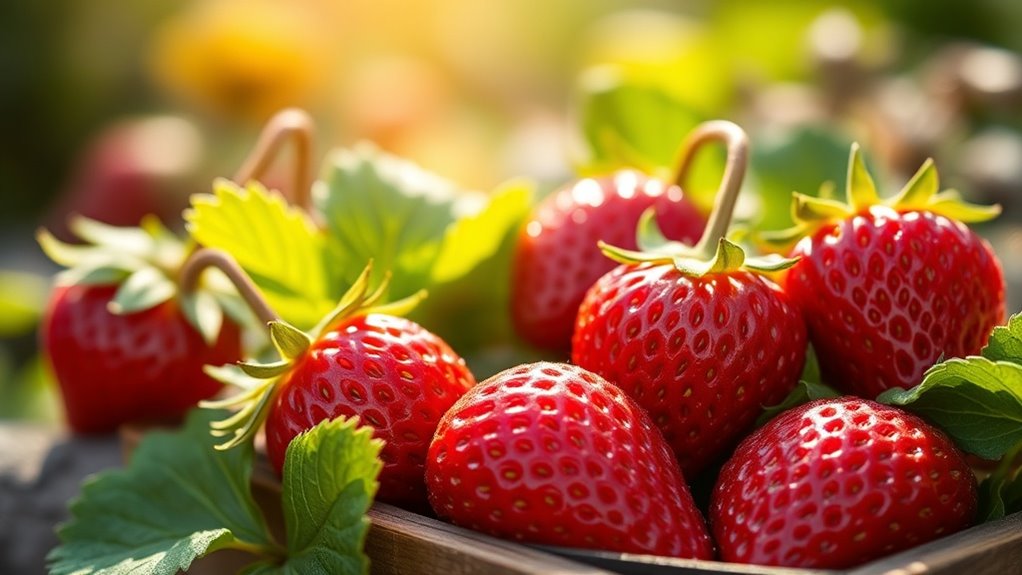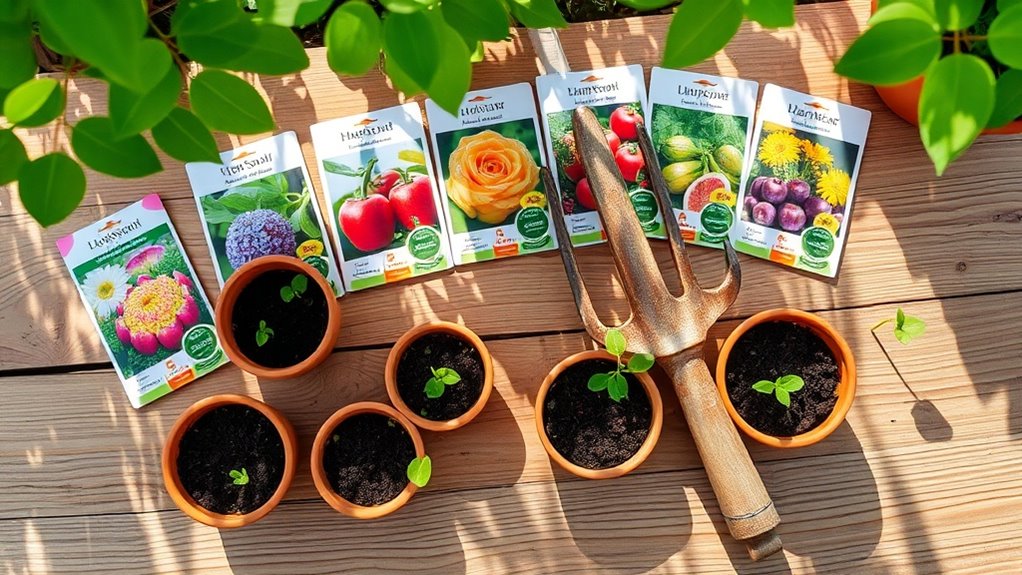I Grew These Vegetables Without a Garden-Here’s How
Imagine transforming your small balcony into a vibrant vegetable oasis. With container gardening, you can grow a variety of fresh produce, even without a traditional garden. You’ll need to choose the right containers, select quality soil, and understand the best plants to cultivate. Intrigued? Let’s explore the essential steps to successfully grow your own vegetables at home.
Choosing the Right Containers for Vegetables
When it comes to growing vegetables without a traditional garden, choosing the right containers is crucial. You’ll want to select pots that are large enough to accommodate root systems and have proper drainage. Materials like plastic, wood, and ceramic each offer unique benefits for container vegetable gardening. Don’t forget to consider the style and mobility, ensuring they fit your space beautifully. Additionally, certain vegetables thrive better in containers than others, so it’s important to choose the right plants for your setup.
Soil Selection and Preparation Techniques
While selecting the right containers is essential, the soil you choose plays an equally vital role in your container vegetable garden. Opt for high-quality potting mix, which provides excellent drainage and nutrients. Consider these soil types and their benefits:
| Soil Type | Benefits | Best For |
|---|---|---|
| Potting Mix | Lightweight, nutrient-rich | Most vegetables |
| Coconut Coir | Retains moisture | Herbs, leafy greens |
| Compost | Adds organic matter | Improving soil health |
Adding essential soil ingredients to your mix can significantly enhance plant growth and health.
Best Vegetables for Container Gardening
Selecting the right soil can significantly enhance your success in container gardening, but knowing which vegetables thrive in limited space is equally important.
Consider growing compact varieties like cherry tomatoes, radishes, lettuce, and herbs such as basil and cilantro. These plants flourish in containers, ensuring you maximize your space while enjoying fresh, delicious produce right from your balcony or patio. Additionally, easy vegetables such as cucumbers and peppers can also adapt well to bucket gardening, providing even more options for your mini harvest.
Light and Water Requirements
To ensure your container vegetables thrive, understanding their light and water requirements is crucial. Most veggies need at least 6 hours of direct sunlight daily and consistent moisture. Here’s a quick guide:
| Vegetable | Water Requirement |
|---|---|
| Tomatoes | Keep soil moist |
| Lettuce | Water regularly |
| Peppers | Allow drainage |
| Spinach | Steady moisture |
Watering techniques can vary greatly, but applying the right amount of water based on ideal watering schedules is essential for optimal growth.
Managing Pests and Diseases in Containers
Even the healthiest container vegetables can fall victim to pests and diseases if you’re not vigilant.
Regularly inspect your plants for signs like yellowing leaves or holes. Use organic solutions like neem oil or insecticidal soap for treatment. Implementing eco-friendly pest control methods can further safeguard your plants from damage.
Ensure good air circulation and avoid overcrowding. Additionally, practice crop rotation and remove any affected foliage to keep your container garden thriving and disease-free.
Tips for Maximizing Your Harvest
Maximizing your harvest is all about smart choices and effective techniques.
Start by selecting high-yield varieties suited to your space. Use quality soil and ensure proper drainage for healthy roots.
Integrate companion planting to enhance growth and deter pests. For instance, planting basil near tomatoes can improve flavor and repel harmful insects. Regularly water and fertilize your plants, and don’t forget to prune and thin them to promote air circulation and productivity.
Happy growing!

